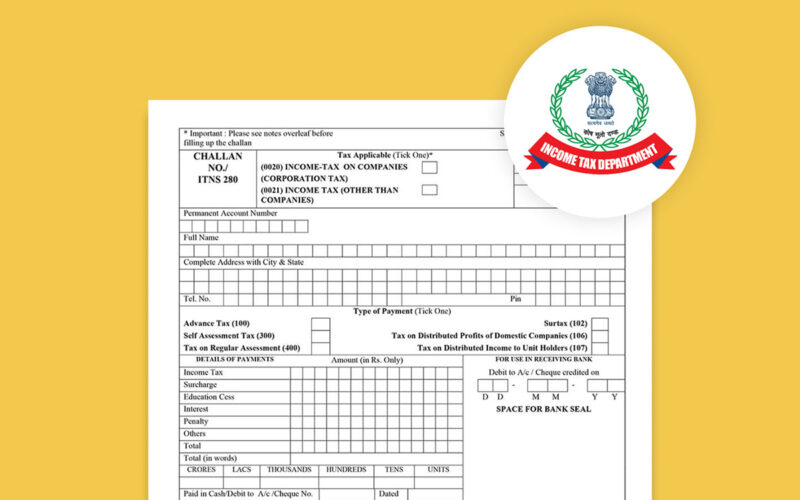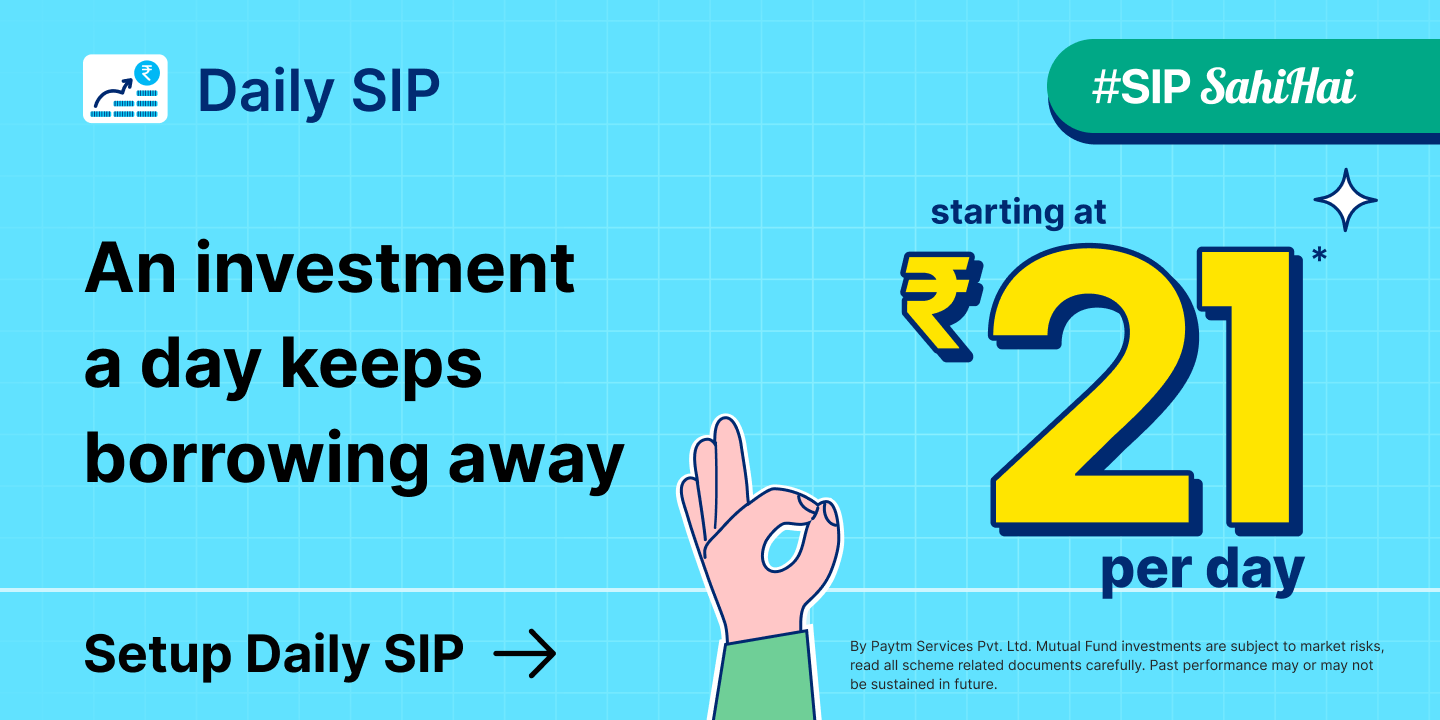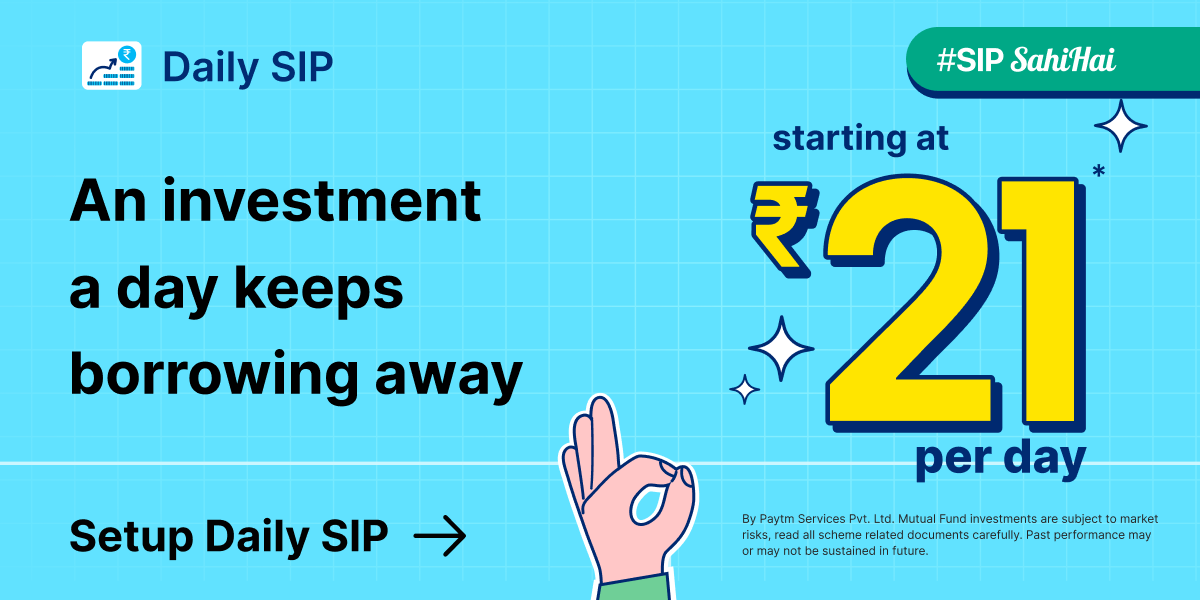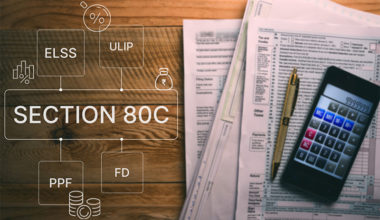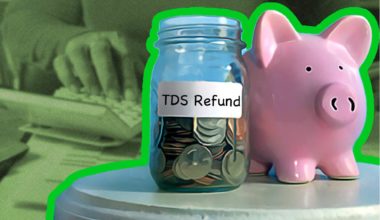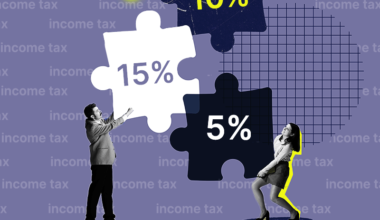Navigating the world of income tax payments can be a daunting task. However, with the right tools, such as Challan 280, the process becomes significantly easier. Through this blog, you will be able to learn how to pay your income tax online. However, you must know that the income tax payment system has been moved from OLTAS to the 'e-Pay Tax' facility on the e-filing portal. Hence, Challan 280 is no longer required or applicable.
What is Challan 280?
Challan 280 is an instrument for taxpayers in India, facilitating the online payment of income tax. It is a key component of the income tax payment system, used for various tax payments, including advance tax, self-assessment tax, tax on regular assessment, surtax, tax on distributed profits, or distributed income.
Can I Make an Online Payment with Challan 280?
The income tax payment process has been shifted from OLTAS to the ‘e-Pay Tax’ facility on the e-filing portal. As a result, Challan 280 can no longer be used to make income tax payments online.
However, you can pay your income tax on the official e-pay tax portal through the following steps-
Step 1: Go to the Income Tax Portal.
Step 2: Click on ‘e-Pay Tax’ under the ‘Quick Links’ section on the left side of the homepage.
Step 3: Enter your PAN and confirm it.
Step 4: Provide your mobile number and click ‘Continue’.
Step 5: Enter the 6-digit OTP received on your mobile number and click on ‘Continue’.
Step 6: Select the ‘Income Tax’ box and click ‘Proceed’.
Step 7: Select ‘2023-24’ from the ‘Assessment Year’ dropdown.
Step 8: Choose ‘Self-Assessment Tax (300)’ under ‘Type of Payment’ and click ‘Continue’.
Step 9: Enter the payment amounts accurately under the relevant categories.
Step 10: Select the payment method and bank, then click ‘Continue’.
Step 11: You can pay using internet banking, debit card, credit card, RTGS/NEFT, UPI, or pay at the bank counter.
Step 12: Preview the challan details and double-check the payment information.
Step 13: Click on ‘Pay Now’ to make the payment or ‘Edit’ to modify the details.
Step 14: Agree to the Terms and Conditions by ticking the checkbox.
Step 15: Click ‘Submit To Bank’ to proceed with the payment.
Step 16: You will receive a confirmation once your tax payment is successfully submitted.
Step 17: Download the challan as you will need the BSR code and Challan number for the return filing process.
How to Pay Income Tax Online Without Challan 280?
Who is Eligible for e-Tax Payment?
The following individuals must pay taxes online-
- All corporate assesses
- All non-company assesses who fall under the provisions of section 44AB of the Income Tax Act, 1961.
The following banks are authorized to make the online income tax payment with effect from 28 April 2023-
- Axis Bank
- Bank of Baroda
- Bank of India
- Bank of Maharashtra
- Canara Bank
- Central Bank of India
- City Union Bank
- Federal Bank
- HDFC Bank
- ICICI Bank
- IDBI Bank
- Indian Bank
- Indian Overseas Bank
- IndusInd Bank
- Jammu and Kashmir Bank
- Karur Vysya Bank
- Kotak Mahindra Bank
- Punjab National Bank
- Punjab & Sind Bank
- RBL Bank
- State Bank of India
- UCO BANK
- Union Bank of India
Documents Required for Paying Income Tax Online
- Form 16
- Salary slips and bank statement
- Form 16A, Form 16 B, or Form 16C
- Interest certificates issued by bank or post office
- Form 26AS
- Tax saving investment proof
- Aadhaar Card
- PAN Card
- Home loan statement
- Capital gain Statement
What are the Benefits of Making e-Tax Payments?
- Convenience: E-tax payments can be made conveniently from anywhere and at any time, eliminating the need to visit physical tax offices or stand in long queues.
- Time-saving: E-tax payments save time as they can be completed quickly online, avoiding the need for manual paperwork and manual processing.
- Accuracy: E-tax payments ensure accuracy in calculating and submitting tax amounts, reducing the chances of errors that can occur in manual calculations.
- Instant receipt: Upon successful e-tax payment, an instant receipt is generated, providing immediate proof of payment.
- Record keeping: E-tax payments create digital records that are easily accessible and can be referred to in the future, simplifying record keeping and making it easier to track and manage tax payments.
- Automated updates: E-tax payments update tax department records automatically, eliminating the need for additional steps to ensure the updating of records.
- Faster processing: E-tax payments are processed faster compared to traditional methods, resulting in quicker updates and acknowledgments from the tax department.
- Transparency: E-tax payments offer transparency, as taxpayers can track and verify the status of their tax payments online, ensuring peace of mind and reducing the chances of any discrepancies.
- Cost-effective: E-tax payments eliminate the need for physical payment instruments, such as cheques or demand drafts, saving costs associated with printing, postage, and manual handling.
- Environment friendly: E-tax payments contribute to environmental sustainability by reducing paper usage and the carbon footprint associated with physical transactions.
Conclusion
In conclusion, with the introduction of the ‘e-Pay Tax’ facility on the Income Tax e-filing portal, paying income tax online has become more streamlined and convenient. The use of Challan 280 is no longer required or applicable as the payment system has been shifted to the new platform. By following the simple steps outlined above, taxpayers can easily make their income tax payments online, saving time and effort. Embracing technology has made the income tax payment process more efficient and user-friendly, ensuring a hassle-free experience for taxpayers.
Disclaimer
This blog is written to make it easy for readers to understand complicated processes. Some information and screenshots may be outdated as government processes can change anytime without notification. However, we try our best to keep our blogs updated and relevant.
Readers must note that Challan 280 is no longer valid for online income tax payments. To pay income tax online, one needs to visit the official e-pay tax portal and follow the regular income tax payment process.


